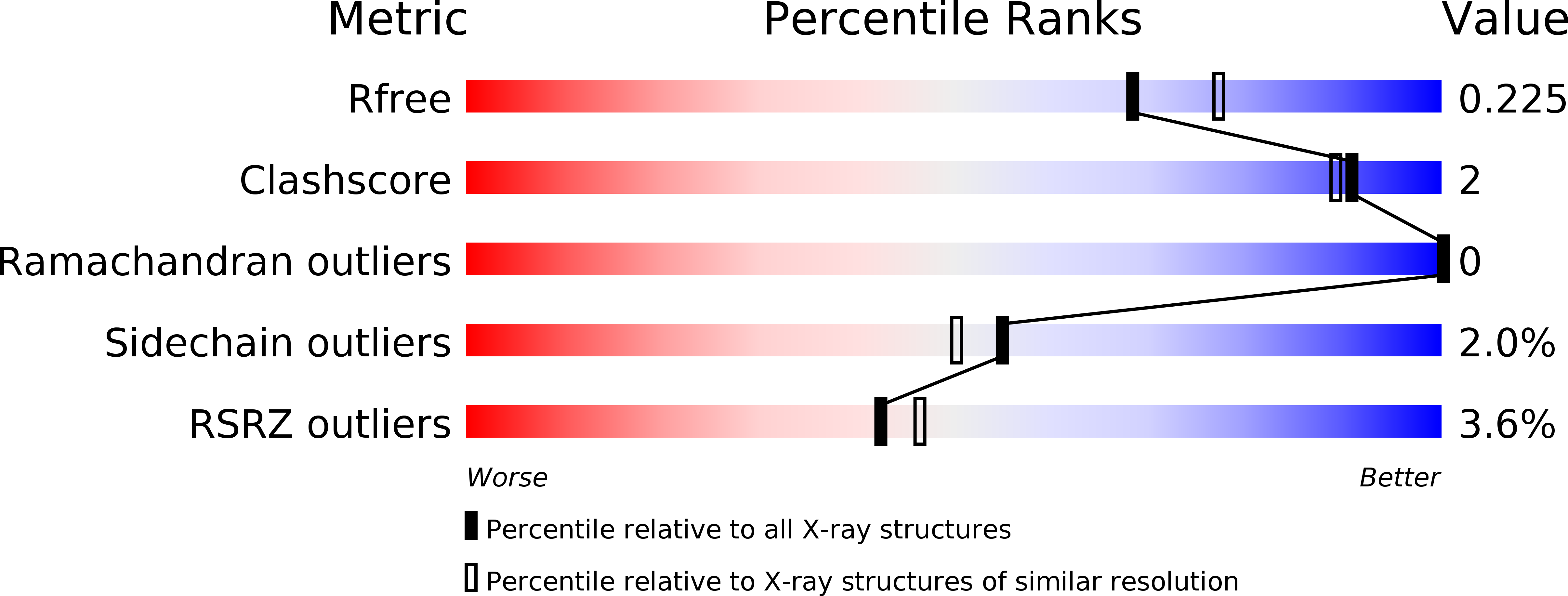
Deposition Date
2003-10-30
Release Date
2004-02-24
Last Version Date
2023-10-25
Entry Detail
PDB ID:
1R9Q
Keywords:
Title:
structure analysis of ProX in complex with proline betaine
Biological Source:
Source Organism:
Escherichia coli (Taxon ID: 562)
Host Organism:
Method Details:
Experimental Method:
Resolution:
2.05 Å
R-Value Free:
0.21
R-Value Work:
0.17
Space Group:
P 21 21 21


